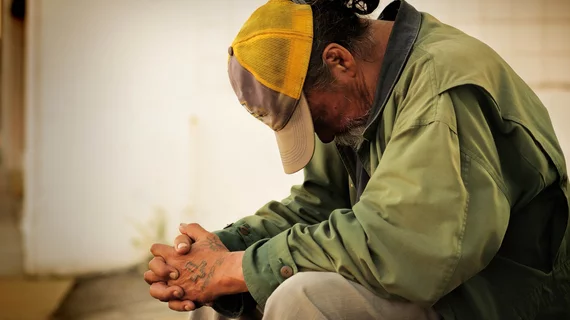Exploring the costs, volume and takeaways from delivering imaging at a student-run free clinic
The University of California, San Diego, is deploying students to help address disparities among disadvantaged populations in its community, and radiology leaders are offering some key takeaways for the specialty.
Four years of running the imaging portion of the program cost a total of nearly $158,000, or an average annual outlay of $39,472, researchers wrote Wednesday in Current Problems in Diagnostic Radiology [1]. Ultrasound has proven to be the most popular modality among the underserved at 46%, followed by X-ray (30%), MRI (10%) and CT (2%).
Only 413 radiology studies were performed during the four-year period, at an average of 103 per year.
“Imaging utilization in the student-run free clinic was considerably less than that of ambulatory Medicare data,” Anthony Tadros, MD, with UCSD’s Department of Radiology, and co-authors wrote March 22. “These data provide a useful framework for individuals who are developing imaging programs in other underserved populations. The student-run free clinic may serve as a unique setting for analyzing predictors of imaging utilization in the future.”
For the study, researchers reviewed billing records for all imaging exams performed at free clinics between 2010 to 2013. UCSD’s school of medicine sponsors the site, with more than 1,500 medial students helping to run it across four sites (two churches and two elementary schools). Radiology services are outsourced either by providing direct payment from the clinic to a local imaging group or via referral to a chartable healthcare organization that provides care through in-kind donations.
The most common types of ultrasounds performed at the clinic included abdominal (46%), pelvic (35%), and head and neck (8%). Meanwhile, most radiography studies were of the extremities (50%), chest (23%) and thoracolumbar spine (11%). And MRIs targeted the brain (60%), extremities (15%), lumbar spine (13%) and neck (8%). In-kind donations accounted for most of the funds at $138,508 (or 88%), the authors noted, and utilization increased by 15% during the study period, with only a 1% uptick in expenditures. MRI ($79,000) and CT ($24,000) accounted for the bulk of the expenses.
Utilization appeared to be lower than the overall population at 0.15 studies per patient versus upward of 2.6 in Medicare. This could have been for several reasons, the authors noted, including “heightened provider cost awareness,” less defensive medicine, lower patient expectations and a lack of self-referral.
“The student-run free clinic may provide a unique environment to study imaging utilization where students and faculty have a chance to reflect on the social determinants of health impacting their patient,” Tadros et al. noted. “This training environment may help mitigate implicit bias, since clinicians must take into account the patient's medical needs and barriers to care, before ordering a radiologic exam.”

